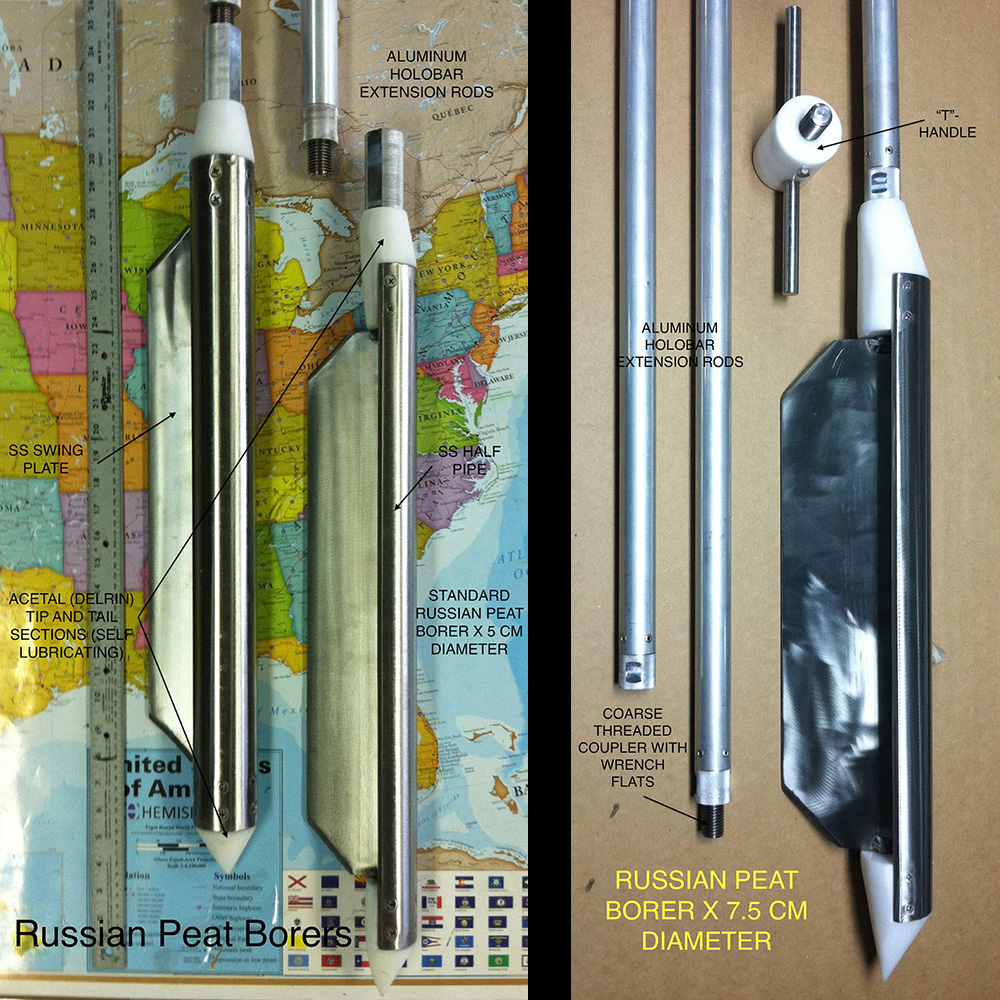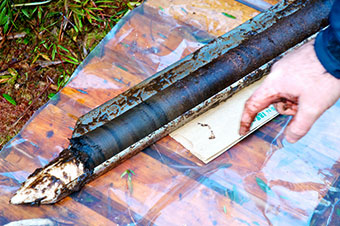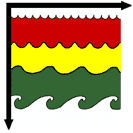Russian Peat Borer

US$2,479.00 – US$3,459.00
Includes:
- 1-ea 5.0 cm diameter x 50 cm long (or 100 cm long) bore x stainless steel and Delrin® construction
- Turning “T” handle
- 2-ea Aluminum Holobar Extension Rods (40mm diam. x 1.2m)
- Aircraft-grade aluminum tubing construction with 7/8” - 9NC stainless steel threaded couplers, wrench flats (to aid uncoupling)
- Double-shotgun carry case
-
Paleoecological analysis of bog and salt marsh sediments
-
Collection of uncompressed cores in poorly decomposed woody peat
-
Single-moving part instrument employing a “Close-Open-Close” design
-
Side-filling bore can collect mud at discrete depths without core compression/shortening
-
Shallow water applications (Max Z. 25 m) using Aluminum Holobar Extension Rods
-
Highly versatile instrument used in a variety of research/industrial sampling problems
Russian Peat Borer - Spare Parts & Accessories
About Our Russian Peat Borer



Key Features
Stainless steel peat borer
- 5.0 cm diameter X 50 cm (also 100 cm) long
- One wall of the core tube is sharpened to longitudinally cut through sediments when sampler is turned clockwise
- Solid Delrin® core head and bottom point support a stainless steel cover plate which freely rotates inside the core tube
- The stainless steel cover plate (2.0 mm thick) is curved and sharpened to minimize disturbance when inserted into the sediments
Aluminum holobar extension rods
- 40 mm diameter aircraft aluminum holobar construction, 7/8”- 9NC stainless steel threaded couplers, wrench flats (to aid uncoupling), lightweight, rigid and buoyant. Available in two (2) lengths: 1.2 m and 2.4 m
Delrin® and stainless steel
Double-shotgun carry case
The Russian Peat Borer (7.5 cm x 60cm model shown) is a side filling chambered-type sampler. This discrete point sampler enables one to drive the sampler to any point in the sediment profile in the closed (empty) position.
Once the target depth is reached, the “T” handle is turned clockwise to initiate the sampling while the pivotal cover plate supports the cutting action of the bore. As the sampler is turned 180 degrees, the sharpened edge of the bore longitudinally cuts a semi-cylindrical shaped sample until the opposite side of the cover plate is contacted.
The contained sample can now be recovered without risk of contamination by overlying sediments. The sample is extruded from the bore by a counterclockwise rotation where the sample rests on the cover plate ready for sectioning.
Citations:
Faegri, K., and J. Jvesen. 1975. Textbook of Pollen Analysis. Third edition, Hafner, N.Y., N.Y. Urso, S.B, S.W. Nixon, J.K. Cochran, D.J. Hirschberg, and C. Hunt, 1989. Accretion rates and sediment accumulation in Rhode Island salt marshes. Estuaries 12(4) 300-317. Jowsey, P.C., 1966. An improved peat sampler. New Phytologist 65: 245-248.


